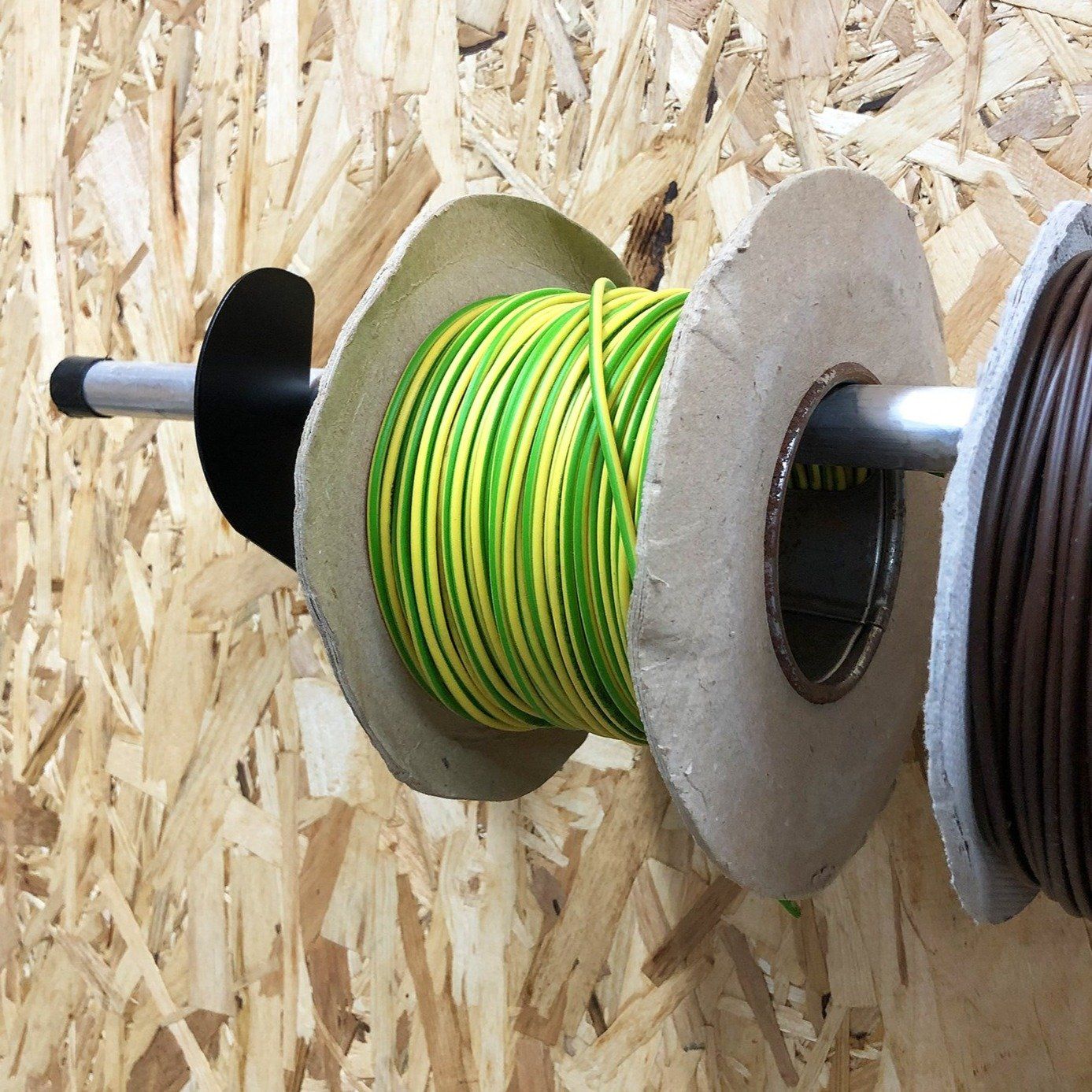Ultimate Guide To Design And Manufacture Now

Introduction to Design and Manufacturing

The process of bringing a product from concept to reality involves a combination of design and manufacturing. Design is the initial stage where the product’s appearance, functionality, and features are defined, while manufacturing involves the actual production of the product. This guide will walk you through the steps involved in designing and manufacturing a product, highlighting key considerations and best practices.
Design Stage

The design stage is crucial as it sets the foundation for the entire product development process. It involves several steps, including: * Market research: Understanding the target audience, their needs, and preferences. * Concept development: Generating ideas and concepts based on market research. * Product design: Creating detailed designs of the product, including its features, materials, and dimensions. * Prototyping: Creating a working prototype of the product to test its functionality and performance.
During the design stage, it’s essential to consider factors such as ergonomics, sustainability, and cost-effectiveness. Designers should also ensure that their designs are manufacturable, meaning they can be produced efficiently and effectively.
Manufacturing Stage

Once the design is finalized, the manufacturing stage begins. This involves: * Material selection: Choosing the materials to be used for production. * Tooling and equipment: Selecting the necessary tools and equipment for production. * Production planning: Creating a production schedule and allocating resources. * Quality control: Ensuring that the products meet the required standards and specifications.
Manufacturing involves various processes, including injection molding, 3D printing, casting, and assembly. Each process has its own advantages and disadvantages, and the choice of process depends on the product’s design, materials, and production volume.
Design for Manufacturability

Design for manufacturability (DFM) is a critical aspect of product development. It involves designing products with manufacturing in mind, taking into account factors such as: * Production costs: Minimizing production costs without compromising product quality. * Production time: Reducing production time to meet demand and stay competitive. * Material usage: Optimizing material usage to reduce waste and minimize environmental impact.
By considering manufacturability during the design stage, designers can create products that are easier to produce, reducing production costs and improving product quality.
Computer-Aided Design (CAD) and Computer-Aided Manufacturing (CAM)

Computer-aided design (CAD) and computer-aided manufacturing (CAM) are essential tools in modern product development. CAD software allows designers to create detailed designs and prototypes, while CAM software enables manufacturers to program and control production equipment.
CAD and CAM have revolutionized the product development process, enabling designers and manufacturers to: * Create complex designs: Design complex products with ease, using advanced CAD software. * Simulate production: Simulate production processes, reducing the need for physical prototypes. * Optimize production: Optimize production processes, reducing production time and costs.
Quality Control and Assurance

Quality control and assurance are critical aspects of manufacturing. They involve ensuring that products meet the required standards and specifications, through: * Inspection and testing: Inspecting and testing products during and after production. * Quality control processes: Implementing quality control processes, such as ISO 9001. * Supplier management: Managing suppliers to ensure that they meet quality and reliability standards.
By implementing effective quality control and assurance processes, manufacturers can ensure that their products meet customer requirements, reducing the risk of defects and improving customer satisfaction.
📝 Note: Quality control and assurance are essential for building customer trust and loyalty, and for ensuring compliance with regulatory requirements.
Conclusion and Future Outlook

In conclusion, designing and manufacturing a product involves a complex interplay of factors, from concept to production. By considering manufacturability, using CAD and CAM, and implementing quality control and assurance processes, designers and manufacturers can create products that meet customer needs and exceed expectations.
As technology continues to evolve, we can expect to see significant advancements in design and manufacturing, including the increased use of artificial intelligence, robotics, and internet of things (IoT). These technologies will enable designers and manufacturers to create more complex, customized, and connected products, further transforming the product development process.
What is design for manufacturability (DFM)?

+
Design for manufacturability (DFM) is a design approach that considers manufacturing processes and constraints during the design stage, to minimize production costs and improve product quality.
What is the difference between CAD and CAM?

+
CAD (computer-aided design) is used for creating detailed designs and prototypes, while CAM (computer-aided manufacturing) is used for programming and controlling production equipment.
Why is quality control and assurance important in manufacturing?

+
Quality control and assurance are essential for ensuring that products meet customer requirements, reducing the risk of defects, and improving customer satisfaction.



